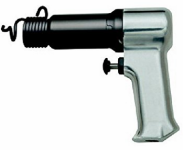CobyRupert
Super Member

This pictures shows the "normal" path that "shock" current takes in its LOOP from the fencer's "hot terminal" to it's "earth terminal". Using earth for a major part of the loop circuit. When the ground is dry and a poor conductor (with high resistance) the current is reduced.
Now imagine if a grounded conductor (connected from the fencers "earth terminal" and nearby ground rod is connected (not insulated) to every steel post. The arrows representing current flowing through the ground only needs to travel to the nearest post (in actuality would travel to many of the nearest posts through multiple paths). Thus dry ground or poor soil isn't that big of a deal.

